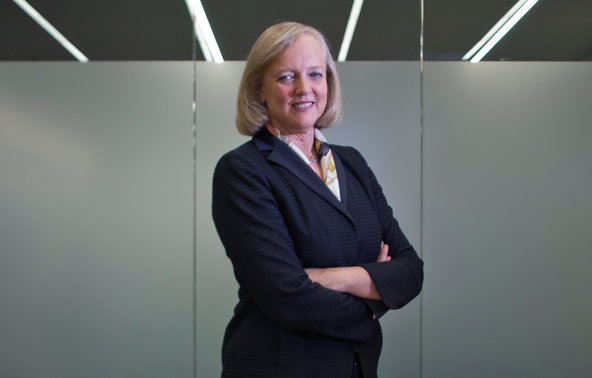That is just one of the questions that I.B.M. is asking as it tries to expand its artificial intelligence technology and turn Watson into something that actually makes commercial sense.
The company is betting that it can build a big business by taking the Watson technology into new fields. The uses it will be showing off to Wall Street analysts at a gathering in the company’s Almaden Research Center in San Jose, Calif., on Thursday include helping to develop drugs, predicting when industrial machines need maintenance and even coming up with novel recipes for tasty foods. In health care, Watson is training to become a diagnostic assistant at a few medical centers, including the Cleveland Clinic.
The new Watson projects — some on the cusp of commercialization, others still research initiatives — are at the leading edge of a much larger business for I.B.M. and other technology companies. That market involves helping corporations, government agencies and science laboratories find useful insights in a rising flood of data from many sources — Web pages, social network messages, sensor signals, medical images, patent filings, location data from cellphones and others.
Advances in several computing technologies have opened this opportunity and market, now called Big Data, and a key one is the software techniques of artificial intelligence like machine learning.
I.B.M. has been building this business for years with acquisitions and internal investment. Today, the company says it is doing Big Data and analytics work with more than 10,000 customers worldwide. Its work force includes 9,000 business analytics consultants and 400 mathematicians.
I.B.M. forecasts that its revenue from Big Data work will reach $16 billion by 2015. Company executives compare the meeting in San Jose to one in 2006, when Samuel J. Palmisano, then chief executive, summoned investment analysts to I.B.M.’s offices in India to showcase the surging business in developing markets, which has proved to be an engine of growth for the company.
I.B.M. faces plenty of competitors in the Big Data market, ranging from start-ups to major companies, including Microsoft, Oracle, SAP and the SAS Institute. These companies, like I.B.M., are employing the data-mining technology to trim costs, design new products and find sales opportunities in banking, retailing, manufacturing, health care and other industries.
Yet the Watson initiatives, analysts say, represent pioneering work. With some of those applications, like suggesting innovative recipes, Watson is starting to move beyond producing “Jeopardy” style answers to investigating the edges of human knowledge to guide discovery.
“That’s not something we thought of when we started with Watson,” said John E. Kelly III, I.B.M.’s senior vice president for research.
I.B.M.’s Watson projects are not yet big money makers. But the projects, according to Frank Gens, chief analyst for IDC, make the case that I.B.M. has the advanced technology and deep industry expertise to do things other technology suppliers cannot, which should be a high-margin business and give I.B.M. an edge as a strategic partner with major customers. And the new Watson offerings, he said, are services that future users might be able to tap into through a smartphone or tablet.
That could significantly broaden the market for Watson, Mr. Gens said, as well as ward off potential competition if question-answering technology from consumer offerings, like Apple’s Siri and Google, improve.
“It will take years for these consumerized technologies to compete with Watson, but that day could certainly come,” Mr. Gens said.
John Baldoni, senior vice president for technology and science at GlaxoSmithKline, got in touch with I.B.M. shortly after watching Watson’s “Jeopardy” triumph. He was struck that Watson frequently had the right answer, he said, “but what really impressed me was that it so quickly sifted out so many wrong answers.”
Article source: http://www.nytimes.com/2013/02/28/technology/ibm-exploring-new-feats-for-watson.html?partner=rss&emc=rss



